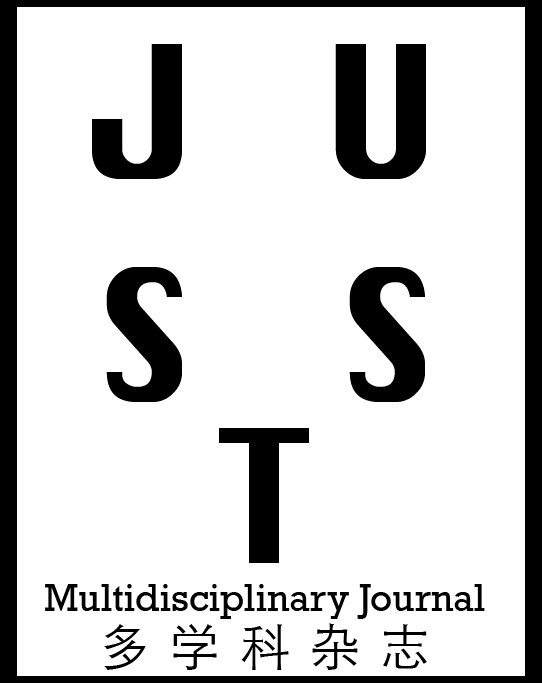Manoj Gupta, Anand Kumar Jain, M.E.(CSE), Dept. of CSE, NITTTR, Chandigarh, India.
Dr. Amit Doegar, Associate Prof., Dept. of CSE, NITTTR, Chandigarh, India.
Evaluation of Deep Learning Models using Benchmark Image Dataset
Authors
Abstract
Deep learning is a branch of artificial intelligence that is based on the idea that machines
can learn from data, spot patterns, and make decisions with little help from humans. Deep learning
models use decision trees, support vector machines (SVMs), k-Nearest neighbors, logistic regres-
sion, convolutional neural networks (CNNs), recurrent neural networks (RNNs), autoencoders, and
transformers. Comparison of deep learning models YOLO, SSD, Faster RCNN, EfficientNet,
ResNet50, and MobileNetV2 to determine which is best for a given situation. The fast RCNN me-
thod was used to make a classification framework that combined classification and feature extrac-
tion. CNNs are used to classify pictures of flowers, and a small SSD can be used for embedded de-
tections. Compound scaling was used to make ResNet50, MobileNet, and Xception by scaling the
baseline network to the right size. Xception uses depthwise separable convolutions to get state-of-
the-art results on image classification tasks while using less memory and processing power. The
EfficentNet model outperforms the ResNet50 and MobiileNetV2 models when the batch size
changes from 16 to 64.
